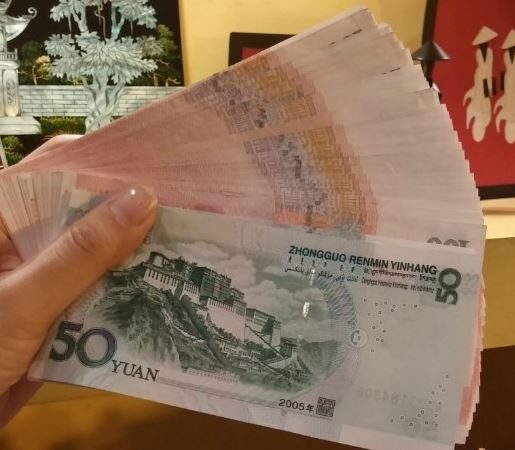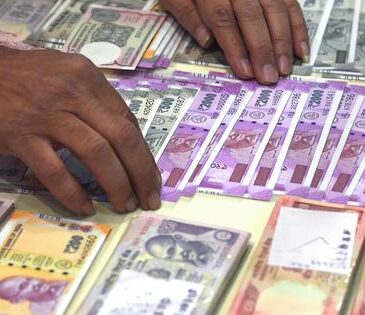
Asian currencies traded in a narrow-to-lower range on Wednesday, weighed down by a stronger U.S. dollar and fading expectations of a Federal Reserve rate cut in December. The Japanese yen was a notable exception, edging higher after the Bank of Japan’s (BOJ) September meeting minutes revealed discussions about a potential rate hike.
The USD/JPY pair dipped 0.2% as BOJ policymakers signaled that conditions were aligning for an interest rate increase, with two members even voting for an immediate hike. Although the BOJ left rates unchanged in September and October, Governor Kazuo Ueda hinted that tightening could come as early as December amid persistent inflation. However, yen gains were limited by a robust dollar and concerns over Japan’s looser fiscal stance under new Prime Minister Sanae Takaichi.
The Chinese yuan remained steady after mixed October services PMI data showed modest growth. The RatingDog index highlighted slower expansion compared to the previous month, reinforcing concerns over China’s sluggish economic recovery. Nonetheless, sentiment improved slightly after U.S. President Donald Trump cut fentanyl-related tariffs on Chinese goods from 20% to 10%, and Beijing reduced some tariffs on American agricultural imports.
Meanwhile, the dollar index hovered near a three-month high as traders dialed back bets on a December rate cut. According to CME FedWatch, markets priced a 69.8% chance of a 25-basis-point cut and a 30.2% chance of no change. Despite an October rate cut, the Fed’s cautious tone has supported the greenback’s rally.
Across Asia, the Australian dollar weakened after soft PMI data, while the South Korean won fell 0.2% amid equity outflows. The Singapore dollar stayed flat, and the Indian rupee hovered near record lows, reflecting persistent market caution and firm U.S. rate expectations.




